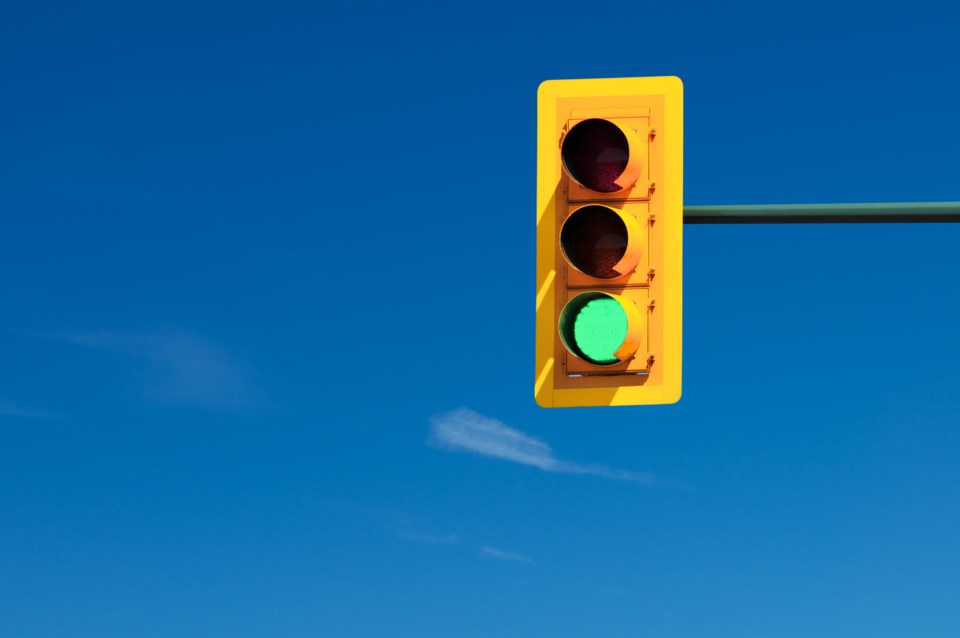THUNDER BAY — Traffic should move more efficiently along some of the city's major traffic corridors starting this summer.
The city is on track to launch the first stage of a new synchronized traffic signal system by July or August.
Matthew Miedema, director of the engineering division, expects drivers will appreciate the impact this has on their daily travels.
"The biggest difference is noting that the signals aren't cycling unnecessarily when there are no vehicles there. I understand people's frustrations that it's changing, and they're stopping for no reason, so that is a major improvement," he told Newswatch.
Three east/west routes have been chosen for the rollout of new equipment and software that will allow signals to be synchronized and adjusted remotely as required:
- Arthur Street from Waterloo Street to Mountdale Avenue
- Harbour Expressway from Fort William Road to Golf Links Road
- Red River Road from Algoma Street to Junot Avenue
"Just as long as you go the speed limit, you'll be able to go through. I don't promise the whole corridor but you'll be able to go through maybe five lights in a 'green wave,' I'll call it," Miedema said.
The next stages of the project will take synchronization eastward along the rest of Arthur Street, and to north/south corridors including Balmoral Street/Waterloo Street, Fort William Road and Memorial Avenue.
Improvements to the traffic signal system were identified as a priority in Thunder Bay's transportation master plan back in 2018, when council was told it would not only improve traffic flow and adherence to transit schedules, but would also save fuel and cut greenhouse gas emissions by reducing stop-and-go traffic.
Miedema said the project "is not as simple as flipping a switch," and has required a lot of work behind the scenes.
"The first step is upgrading old dial-up connections with fibre, and we're also pursuing cellular or radio connections where possible to save costs. The other step is making sure the traffic controllers are capable of 'speaking' with the updated software we'll be utilizing. A lot of the old computers need to be upgraded to talk to the software we'll be using to synchronize the lights and monitor them going forward."
The city is also upgrading vehicle detection systems that use wire loops embedded in the pavement.
Many of the older loops are no longer functioning, so they're being replaced with new kinds of detectors including cameras and magnetic "pucks."
The city is conducting a trial test of thermal detectors as well.
"There are many intersections where the left turn signal advances automatically on recall, so those detection systems are out. We need to update those," Miedema said.
Improving the detection system will prevent left-turn-only lights from activating, and preventing through traffic from proceeding, when there are no vehicles actually waiting to turn.
Some of the required work is ongoing, and may extend into next year.
Miedema said the city will make an announcement when it's ready to begin the implementation of traffic signal synchronization this summer.
